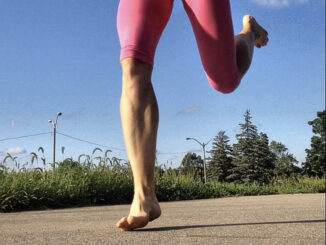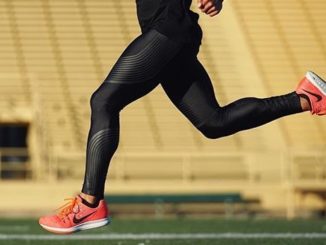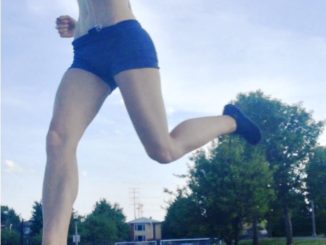
Does Heel Striking Cause IT Band Pain? YES!
Heel strike running dramatically increases the risk of IT band pain by encouraging crossover foot steps. The mechanical consequence of crossover foot-steps when runnng is it causes the shin to bend too far inwards, resuling in more tractional and frictional forces on the IT band, while causing the IT band to compress the knee’s outer fat pad, causing it to become painfully inflamed. These mechanical risk factors were found to be corrected with forefoot running, which automatically alignes the shin more vertically at landing, which prevents an over-stride and crossover footsteps.




